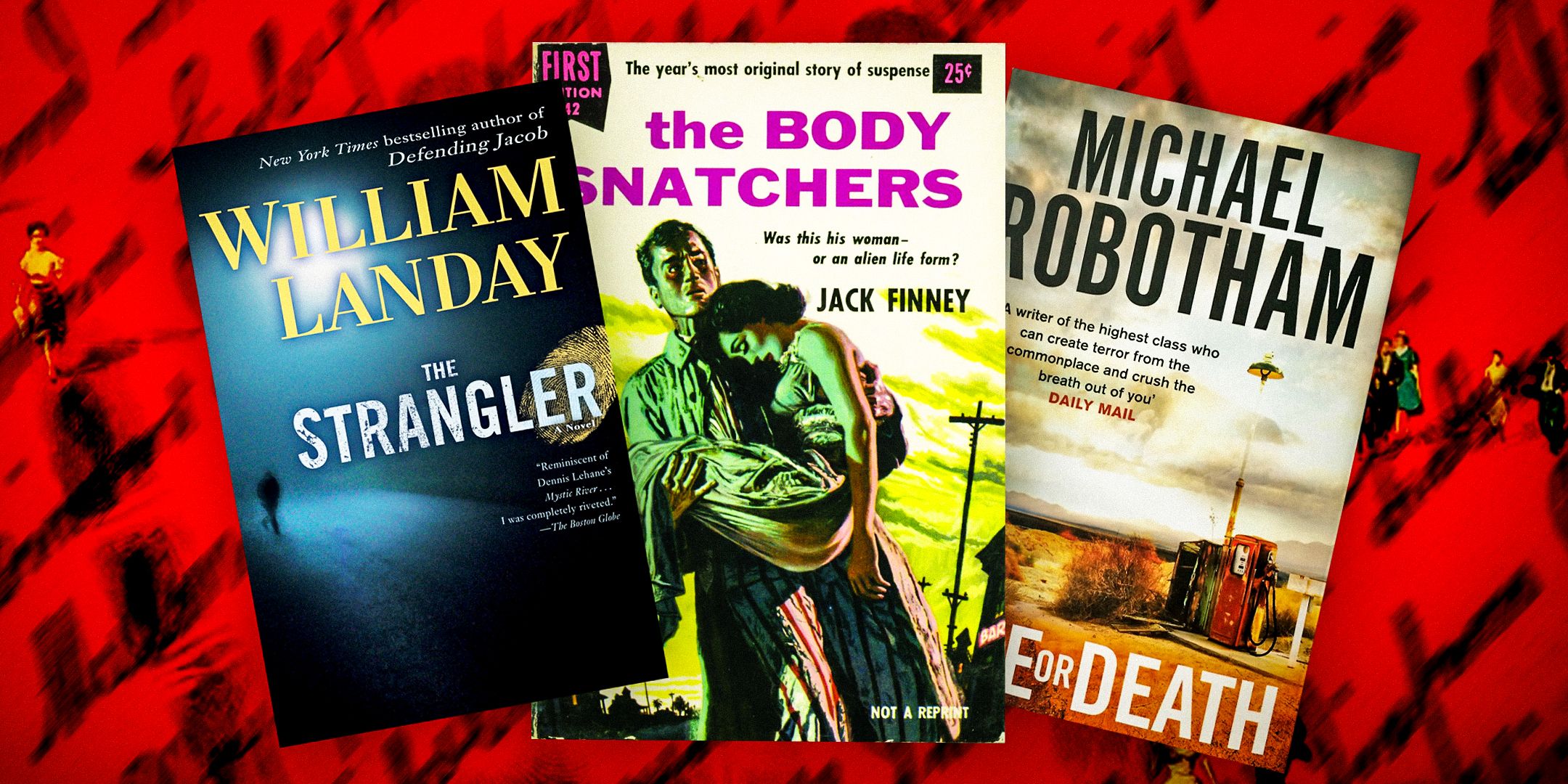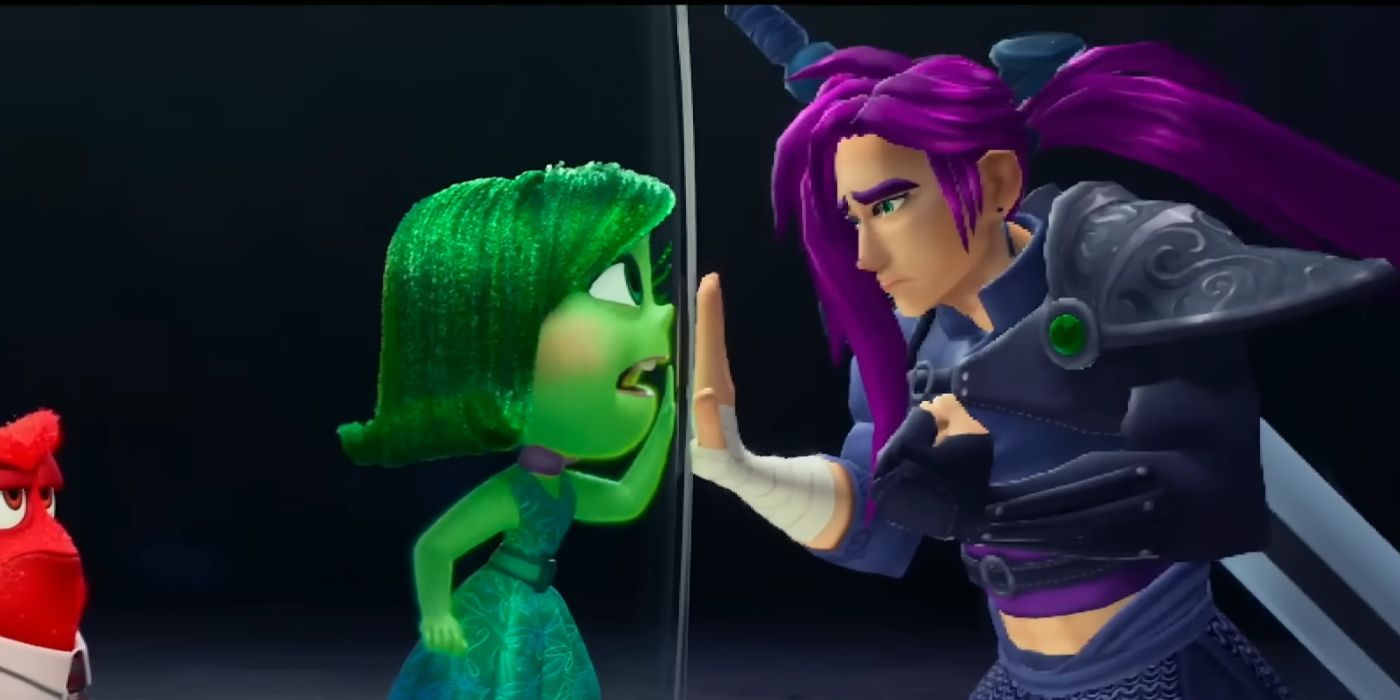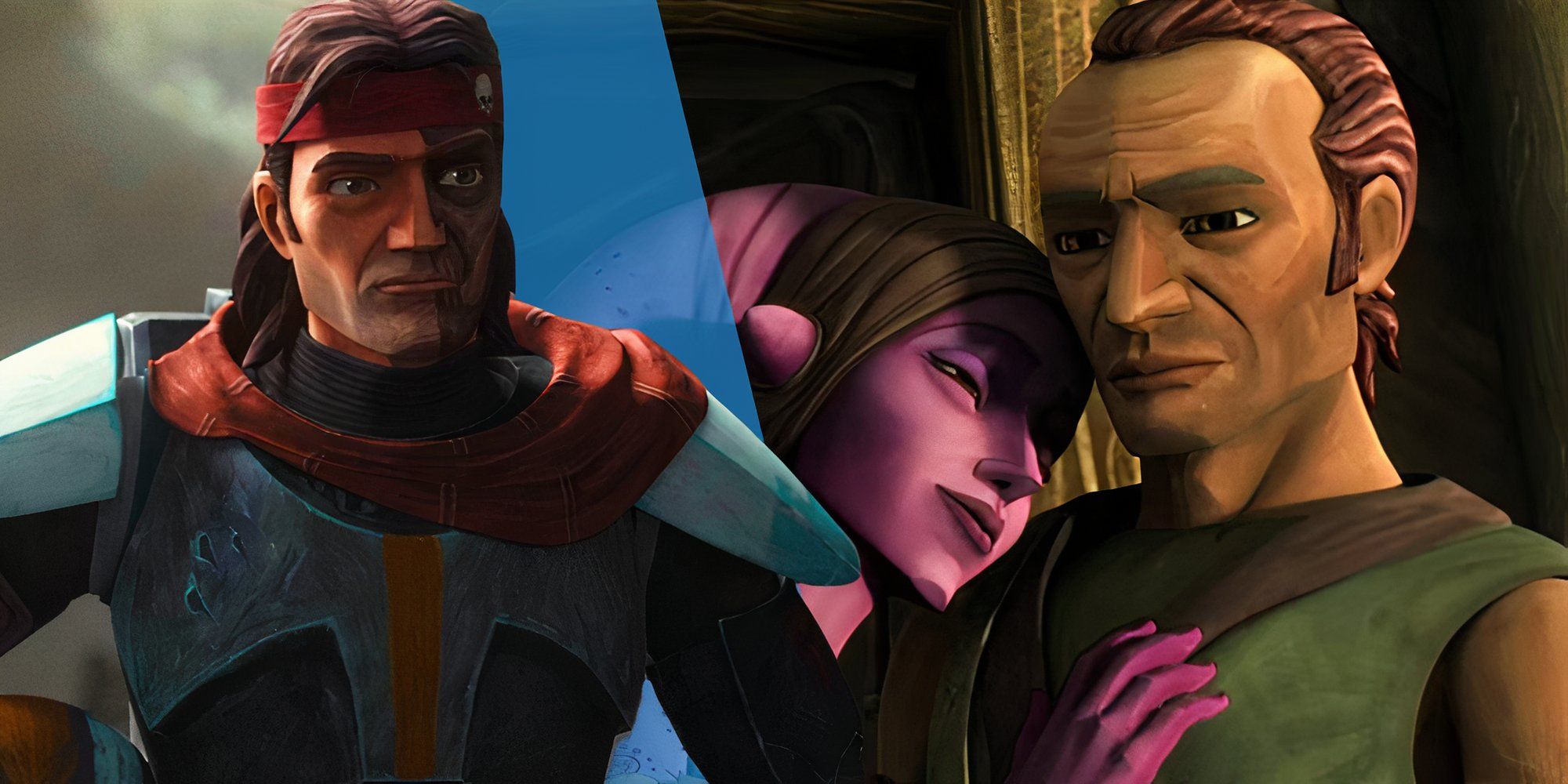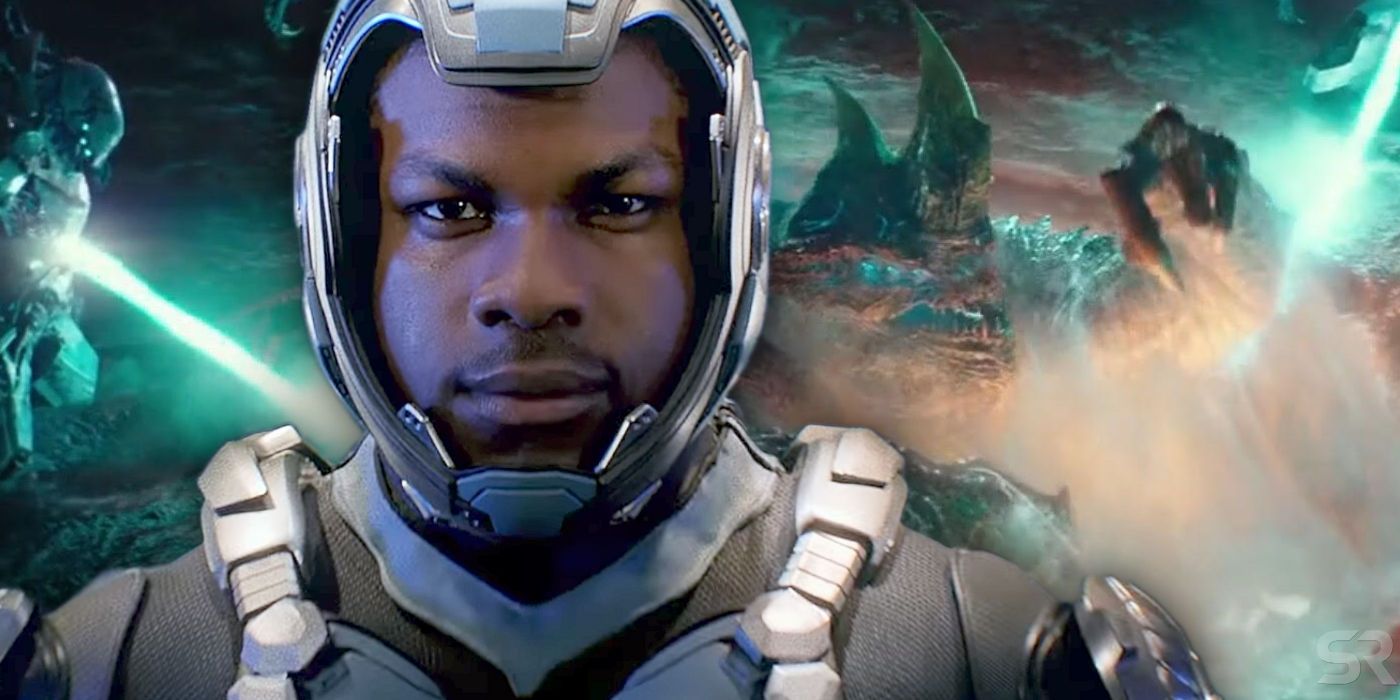Alien 3 is widely considered the pariah of the Alien franchise, thanks in large part to some controversial writing decisions and legendary studio interference with the production of the film. Acclaimed director David Fincher has since washed his hands of the film, robbing fans of the possibility of a Director’s Cut.
However, there is a next-best alternative in the form of the Assembly Cut, which has been out on home video releases of the Alien franchise for quite some time. This is considered the definitive cut of the film, and the amount of restored and alternate content is proof of that. Alien fans love to analyze the differences between the two versions and get a glimpse of what Fincher’s original vision was before outside influences changed it to the one that was released in theatres in 1993.
The EEV Crash
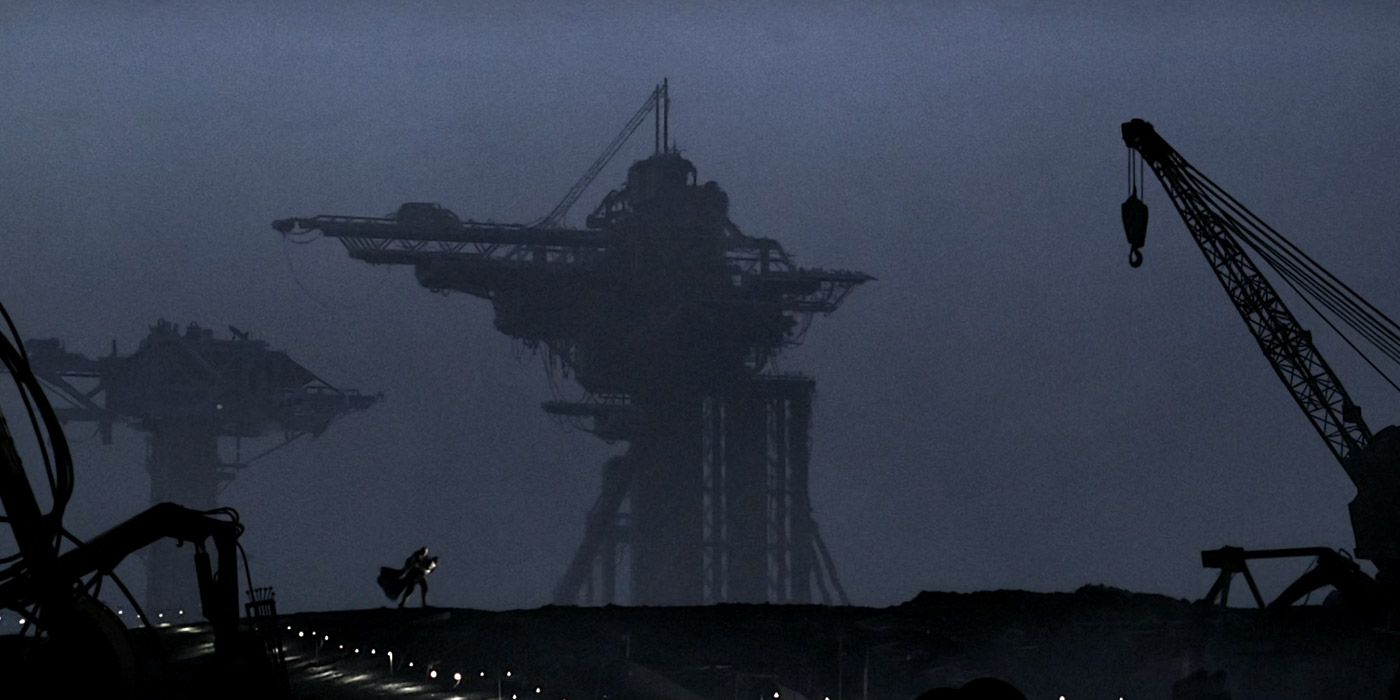
The nature of the EEV crash at the beginning of Alien 3 still runs largely parallel with the theatrical cut, but there’s a lot of notable differences between the two. First, the scene doesn’t jump from the crash to Ripley being found by the inhabitants of Fury 161.
Instead, Doctor Clemens is taking a stroll along the muddied shoreline of the prison complex when he stumbles upon the EEV pod and initiates a rescue operation. The scene establishes that Clemens is the one who ends up saving Ripley’s life before she died of her wounds and exposure. It’s a great setup to introduce a complex character like Ripley, who is one of film’s most fascinating action film icons.
The Opening Scene
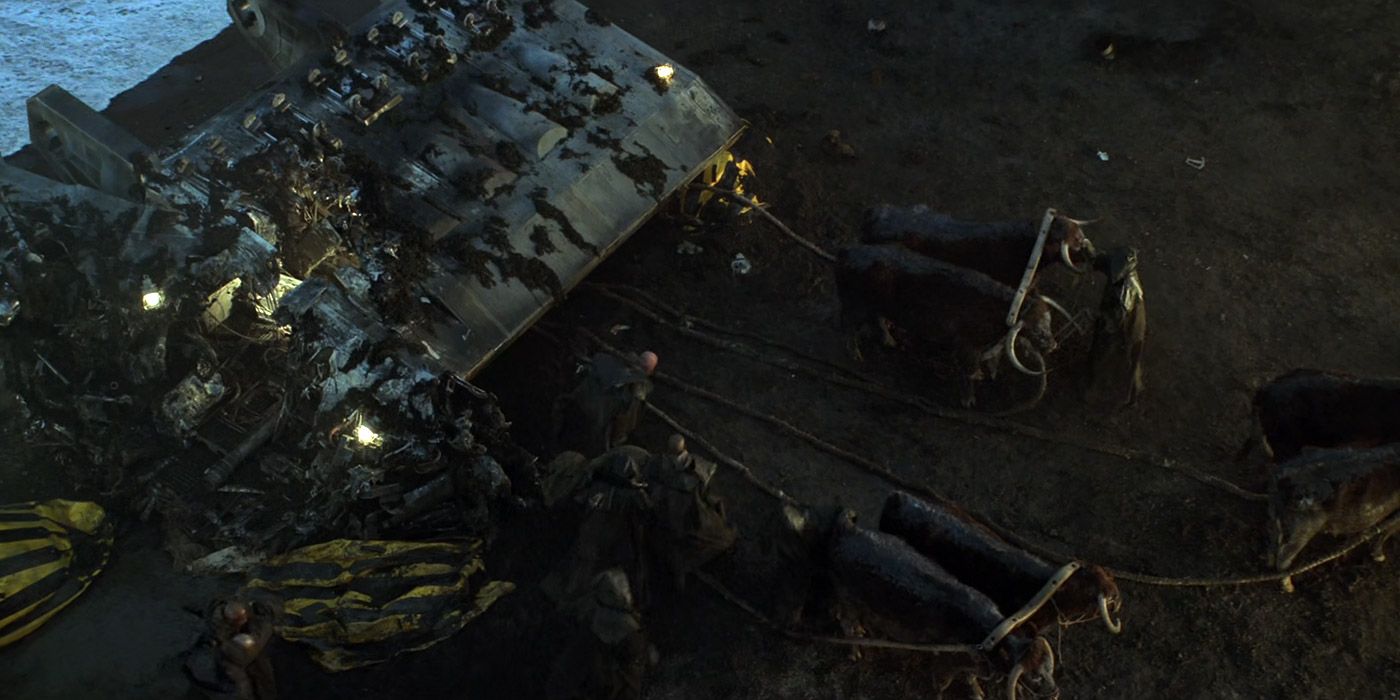
After finding Ripley and bringing her inside for treatment, the progression of the opening scene takes on a much different look and feel. Establishing shots show multiple prisoners noticing Ripley when she’s brought inside, which would have ramifications later.
Next, shots of prisoners leading oxen to pull the EEV out of the water are shown, along with superintendent Andrews writing a report to Weyland-Yutani, which ends up tipping them off about the possible existence of a xenomorph, following the events of Aliens, a film that still holds up today.
The Facehugger
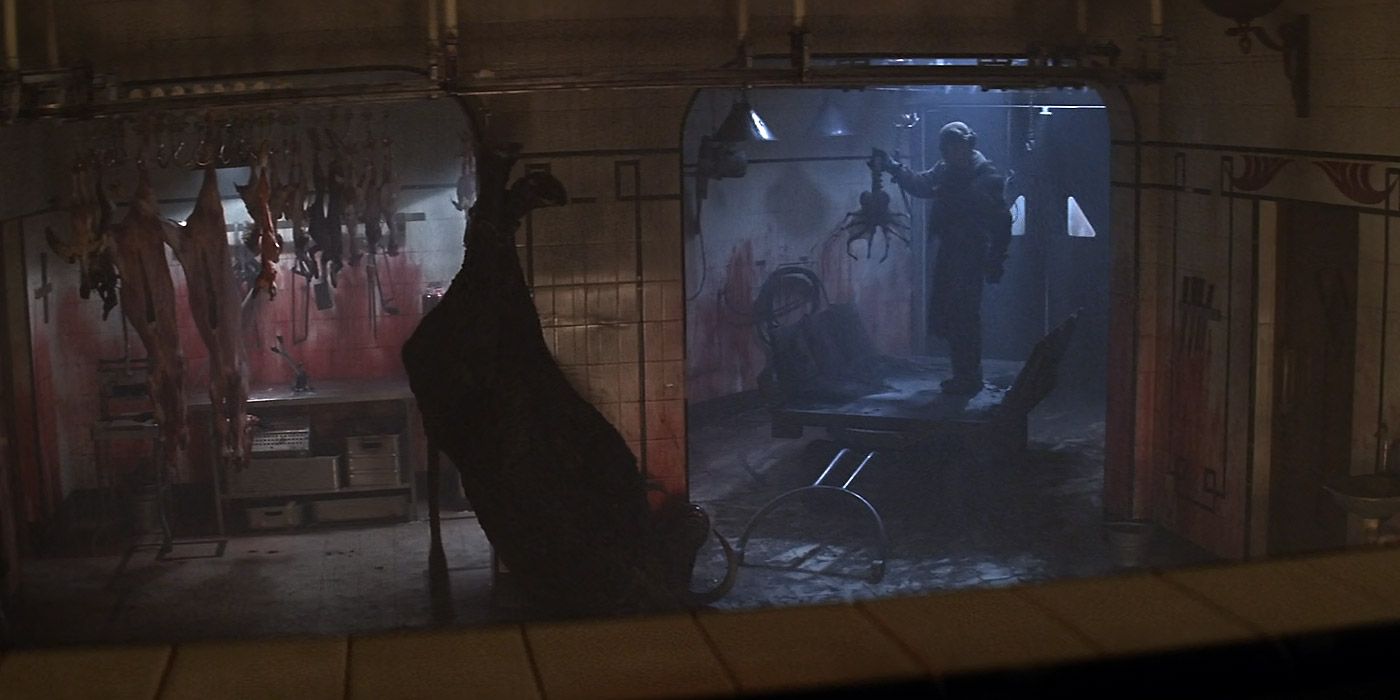
Originally, a facehugger stows away on board the EEV and hides out in the crashed wreckage until an opportunity presents itself. When the prisoners are done salvaging the ship, a Rottweiler named Spike spots the facehugger and begins barking at it, signifying that it will be the host animal for the embryo.
In the Assembly Cut, the facehugger is found already dead, and in one of the holding rooms where dead oxen are being hoisted up on chains. Not knowing what it is, the prisoners think nothing of it, not realizing that the facehugger has already deposited an embryo into an unconscious ox.
Extended Theatrical Scenes
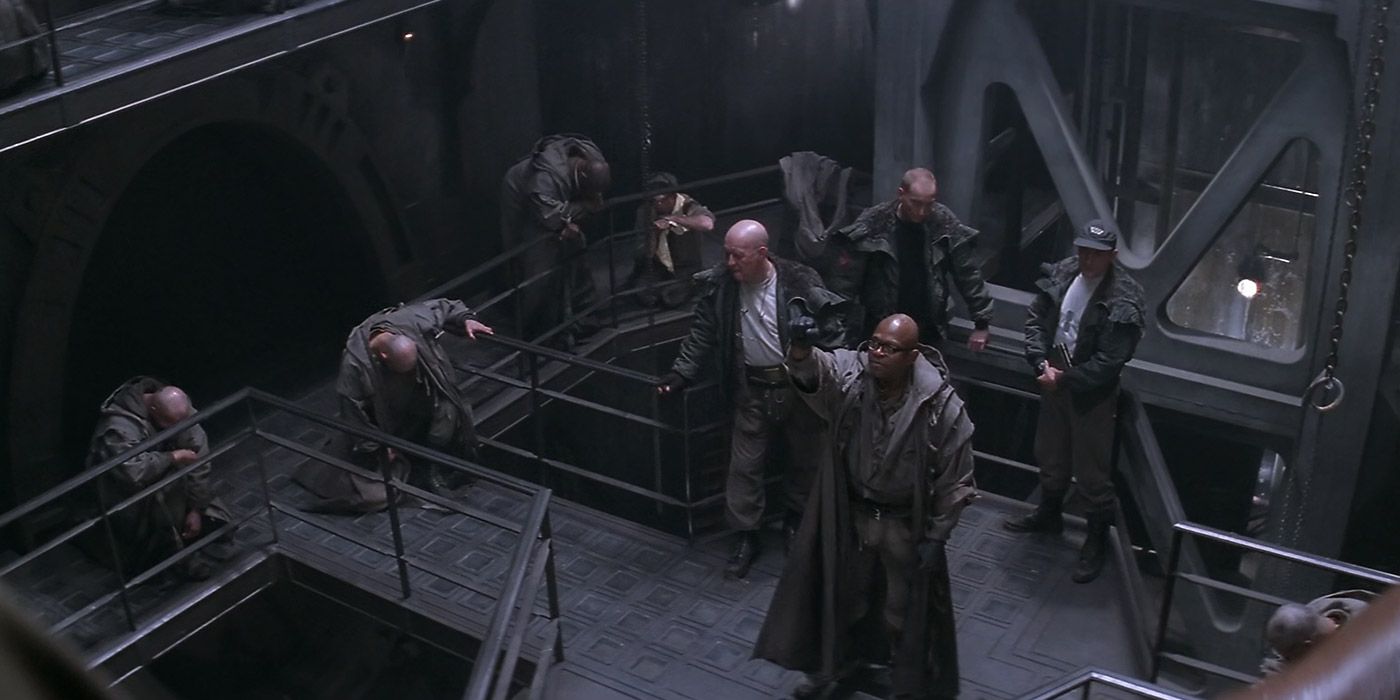
Many of the scenes in the Assembly Cut of Alien 3 are still intact, though many have been fleshed out. The editors weren’t so quick to snip, which means these scenes get far more exposition, and that’s a good thing. Characters feel more in-depth, especially when they interact.
In fact, many fascinating tidbits about these characters are revealed in this cut, and this cut alone. There’s more dialogue, more interaction, and more to establish the personalities of each of the prisoners as something other than Xeno food.
Dillon’s Dialogue
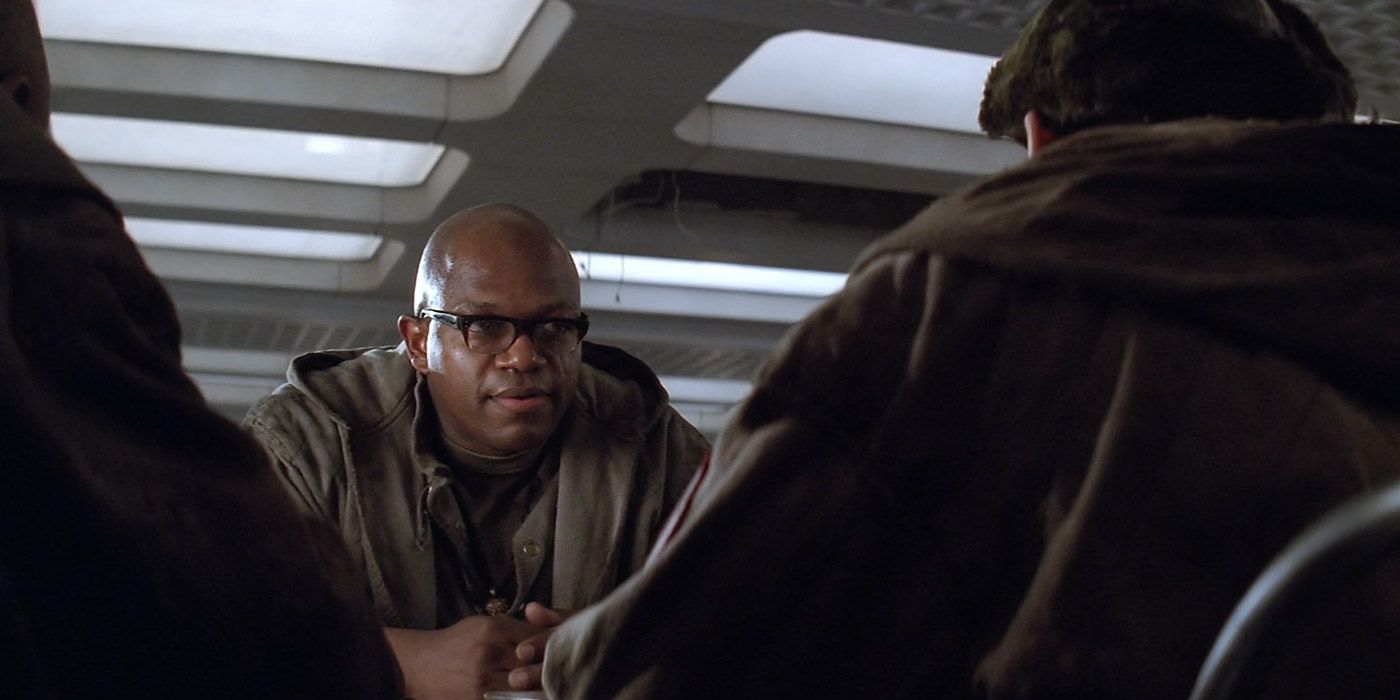
Dillon is a fairly well-established character in Alien 3, but the Assembly Cut manages to flesh him out even further. The theatrical version shows Dillon to be a leader who doesn’t really like the job, but is extremely serious and willing to attack his own men in order to keep the peace.
In the Assembly Cut, Dillon interacts more freely and easily with his fellow prisoners. He still maintains his spot on the pecking order, but he seems like more of a real character, and the weight of his leadership feels more palpable, especially as things go sour. He’s still the guy with some of the most memorable quotes in Alien 3, by far.
The Alien Host Animal
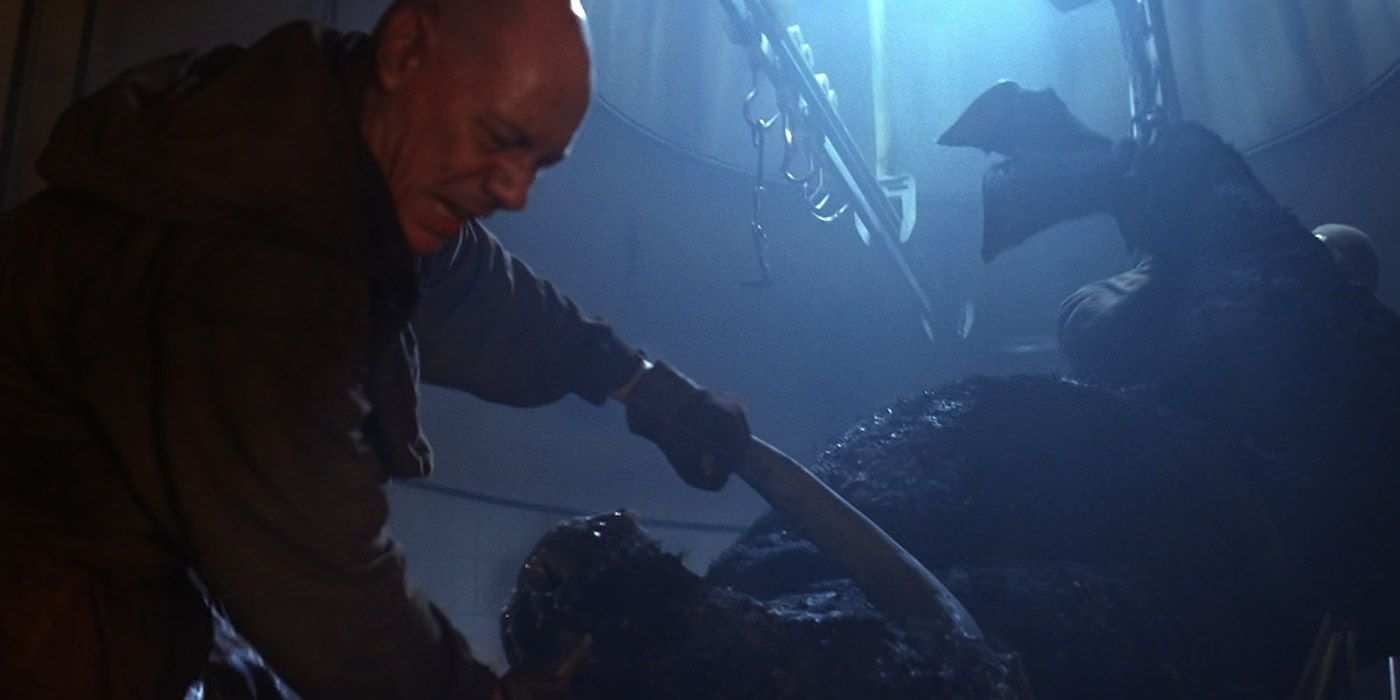
The notion of a xenomorph birthing from a Rottweiler might have worked in the theatrical cut, had the film followed the natural life cycle progression of an alien. Unfortunately, it brought with it a host of issues, particularly how fast the Xeno develops in such a short space of time.
In this cut, a facehugger attaches itself to a giant ox, which renders it unconscious. Thinking it’s dead, the prisoners string it up, only for the creature to burst forth later on, while the animal was still unconscious.
The Birthing Scene
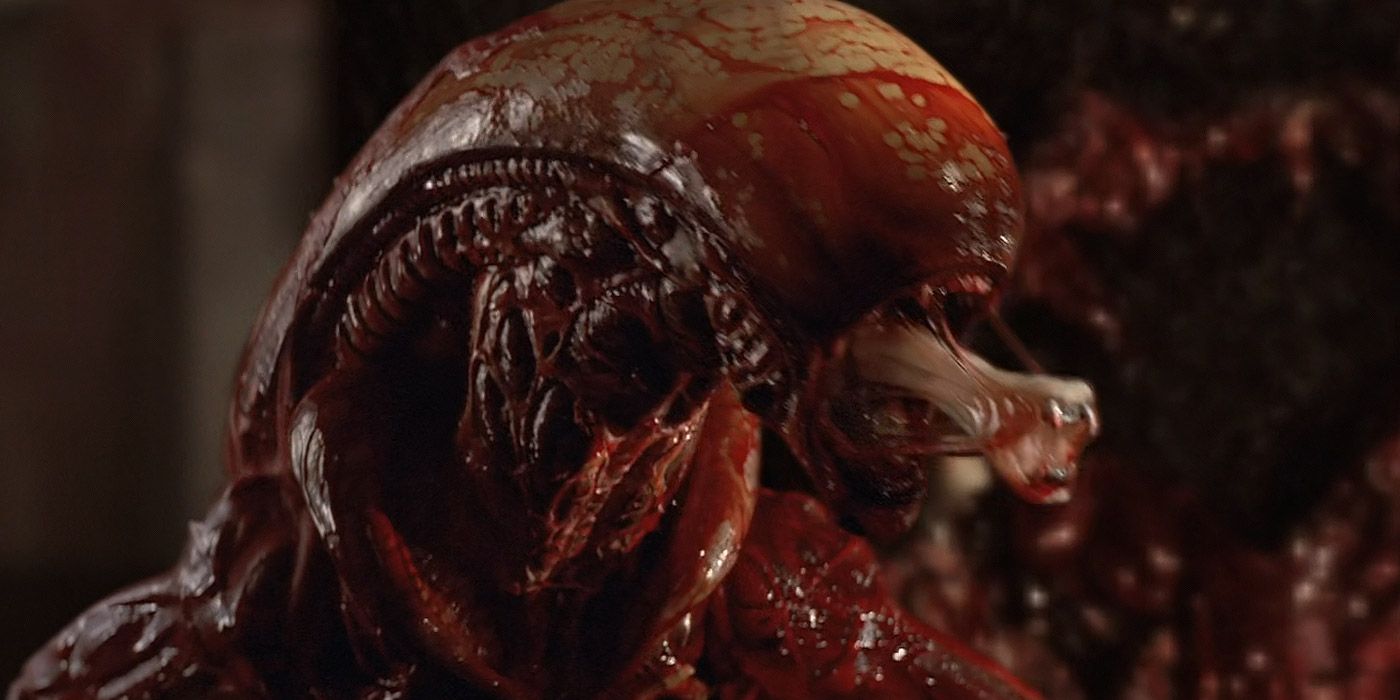
Originally, the xenomorph in Alien 3 was birthed from a dog named Spike, who shows up in the opening act, only to suffer a horrific fate later on. Animal lovers had an extremely hard time watching the poor Rottweiler get tortured to death, but the Assembly Cut manages to fix that.
The oxen birth is a much better birthing scene, as it does away with an illogical plot point – namely, the size of the newborn alien as opposed to its original dog host. This feels much more natural, as opposed to a regular chestburster which has to go through a larval stage. The different design of the xenomorph for Alien 3 is still largely intact, including the lack of biomechanical tubes on its back.
The Meeting Between Clemens And Andrews
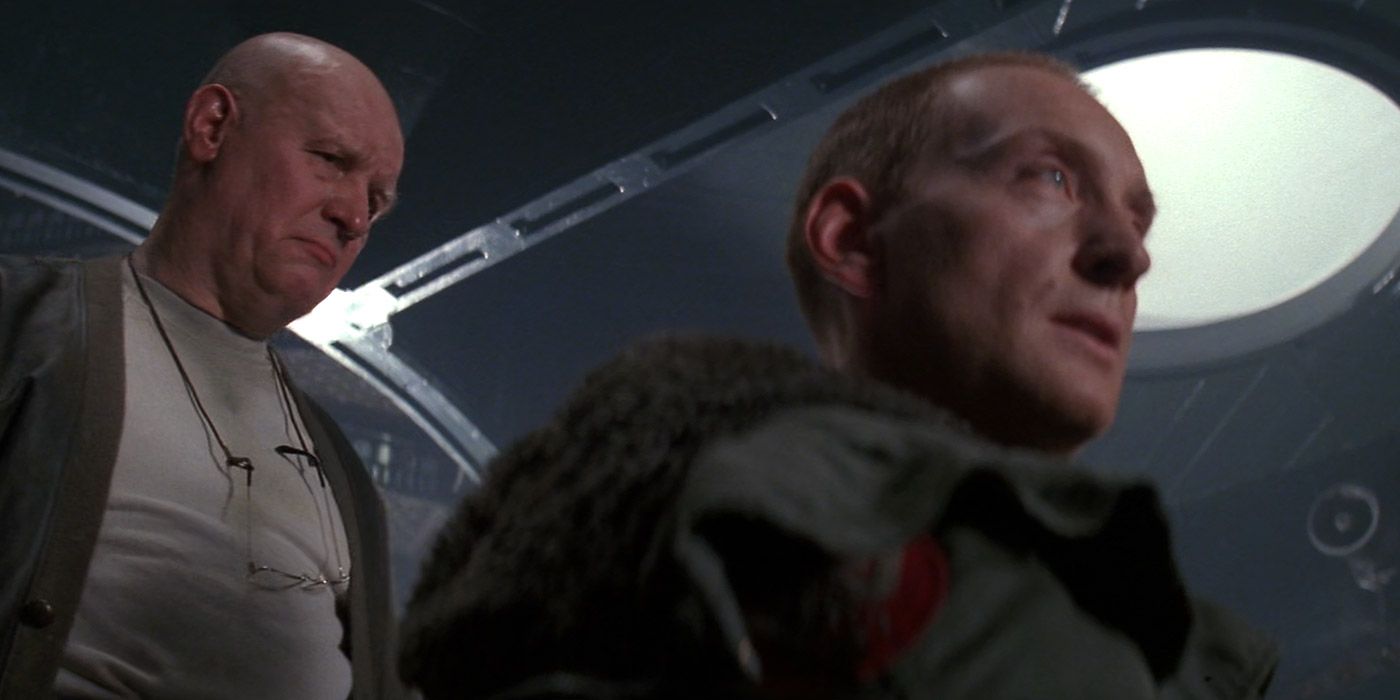
The original tense meeting between Andrews and Clemens in the former’s office is well known to Alien 3 fans, but the Assembly Cut goes much farther. It continues on where the original scene left off, giving exposition that directly references the events of Aliens, right down to the Colonial Marine detachment on LV-426.
This is actually one of the more pivotal changes in the film, as it establishes Clemens’ past a bit more, while simultaneously giving him a reason to question Ripley’s official story. There’s more justification for his suspicion, especially in light of all the chaos that has broken out since her arrival.
The Middle Act
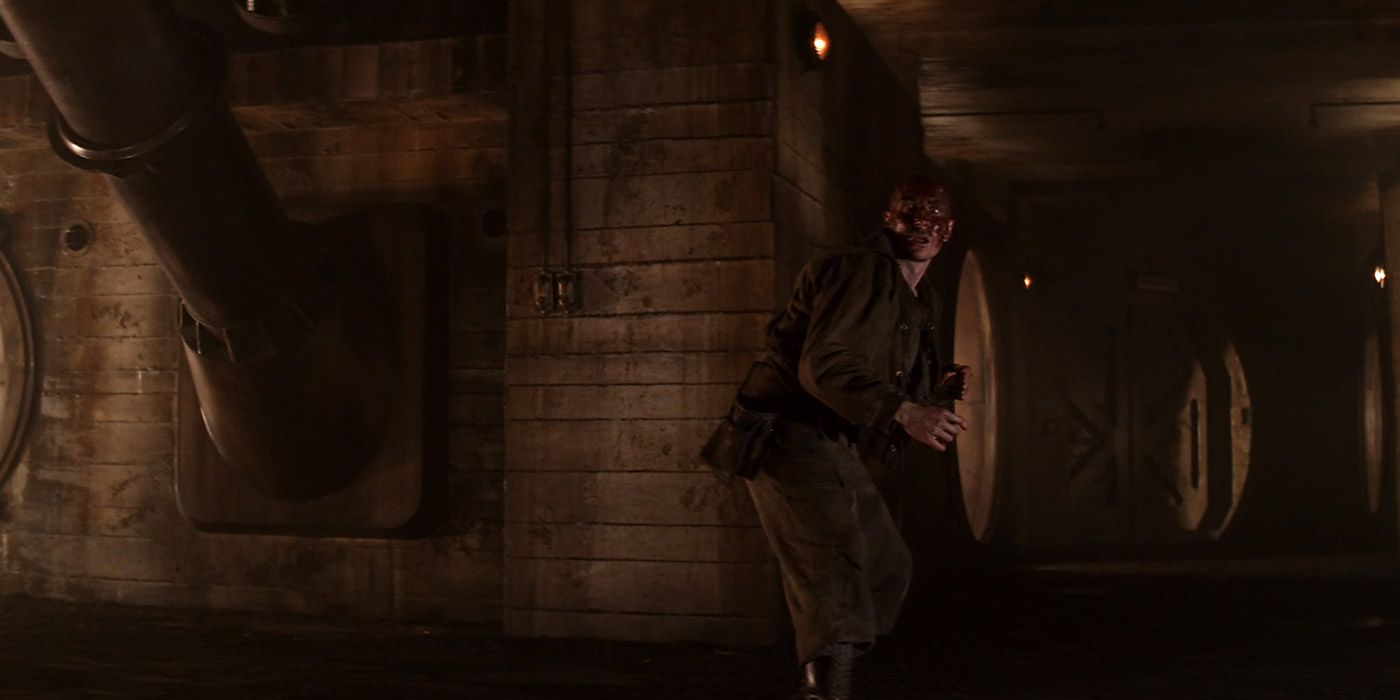
The most significant change to the Assembly Cut of Alien 3 is undoubtedly the third act, which was essentially stripped out of the theatrical version altogether. This singular plot arc is the driving force for everything that happens towards the end of the film, and it hinges on one psychologically deranged prisoner – Golic.
Mistakenly believing that the xenomorph has a spiritual connection to him, Golic decides to free it after Ripley and the prisoners manage to capture and contain it in an old storage room. The threat was over until Golic decided to let it out, allowing the killing to begin anew. It’s a fascinating way to watch Alien 3, in a whole new way.
Ripley’s Sacrifice
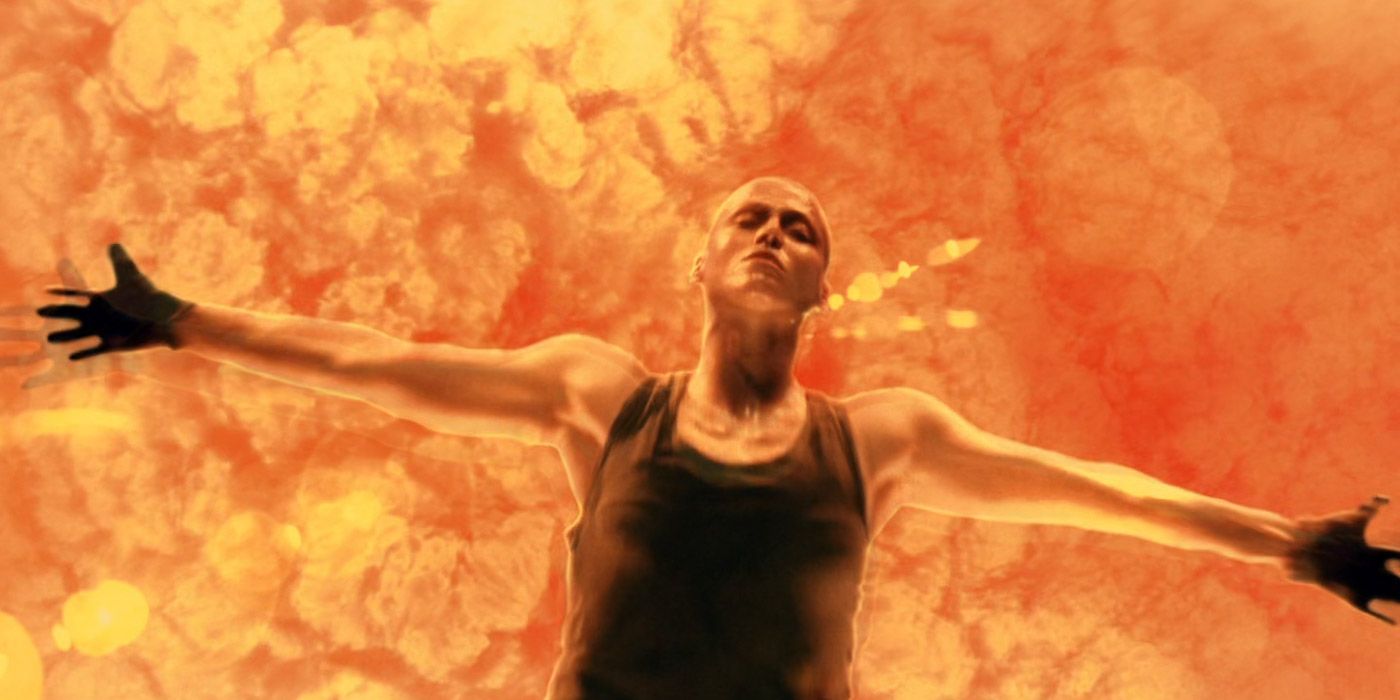
Ripley’s sacrifice doesn’t change at the end of the film, but the manner in which she goes out is much different. In the original, Ripley lets herself fall into a furnace just as the Alien Queen bursts from her chest. It was meant as one final shock and awe designed to leverage itself against the emotional impact of the moment.
In the Assembly Cut, Ripley simply extends her arms out to the sides like an angel and lets herself fall. There’s no chestburster, no gore, and no final nod to the xenomorphs. For all intents and purposes, she wins the day, even if it is at the cost of her own life. It’s a better sendoff to a rather fascinating and complex character.

